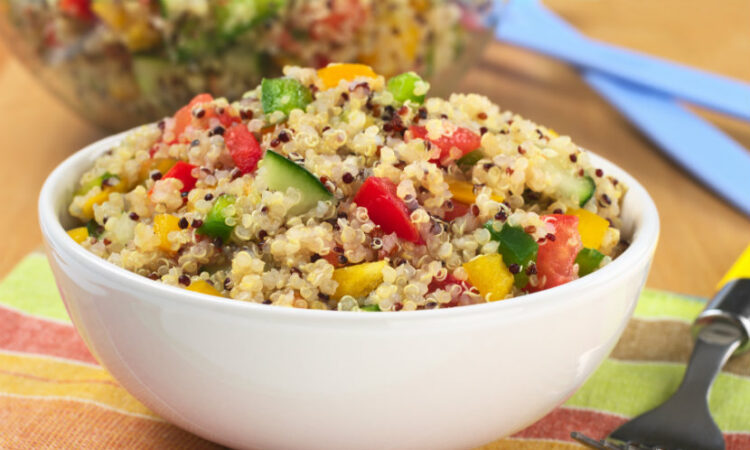
A gluten-free diet is often low in fibre and wholegrains due to the removal of the cereals barley, rye, and wheat. Fibre is an important part of our diet, helping us to achieve a balanced, healthy diet, so it is important to add fibre where you can. There are other ways in which you can increase the amount of fibre you have in your diet as someone following a gluten-free diet.
Why do I need fibre in my diet?
Fibre is an important part of any diet as it helps in creating and maintaining a healthy digestive system. If you have problems with constipation or diarrhoea, increasing fibre in your diet can help to relieve the problems and bring more consistency to your bowel movements. Other benefits to increasing the amount of fibre that you have in your diet include lowering your risk of heart disease, lowering your risk of colon cancer and other cancers, and better managing your blood glucose levels and cholesterol.
How much fibre is needed in a diet?
The true amount of fibre that you need in your diet will change depending on your age and health (patients with coeliac disease need more fibre in their diet), but you should always seek to add fibre to your diet and understanding the different types of fibre too. Good sources of fibre include meats, poultry, milk, cheese, fish, nuts and seeds.
How to add fibre to your gluten-free diet
There are many different, inventive ways for you to add fibre to your gluten-free diet. With a little help and guidance, it is easier than ever before to maintain an interesting diet.
Substituting gluten-free grains
There are some gluten-free grains that can be used to great effect, including:
- Buckwheat
- Black and brown rice
- Amaranth
- Quinoa
- Gluten-free oats
- Teff
Be creative with smoothies and yoghurts
Smoothies and breakfast yoghurts are both a great source of vitamins and minerals, and you really do have a whole host of possibilities. When making a smoothie or yoghurt, you can add loads of fruits, greens, and then sprinkle in gluten-free chia seeds or flaxseed to boost your intake.
Utilise legumes, nuts, and seeds
Legumes, nuts, and seeds are all gluten-free, and they are also great sources of dietary fibre. This makes them a great source of fibre when planning your recipes for future gluten-free meals that are a little bit different. Think of stews, salads, and other dishes.
Eat gluten-free products on prescription
If you are diagnosed with coeliac disease, you might be entitled to gluten-free products on prescription. Many prescription products are fortified with fibre making it much easier reach your daily fibre requirements. One idea is this gluten free fibre bread can be used to dunk into your latest hearty bowl of soup.
Snack well and often
It is important to snack well and often throughout each day. A good way to do this when living on a gluten-free diet is to snack on dried fruit, seeds, and nuts. This is an easy way to increase your fibre intake, and it is delicious too.
Adding fibre to your diet is very important. Seeking guidance and help from sources such as prescription gluten-free products and advice from your medical professional will go a long way to helping you work out the best way to have an interesting and varied diet that includes enough recommended fibre, even when on a gluten-free diet.

